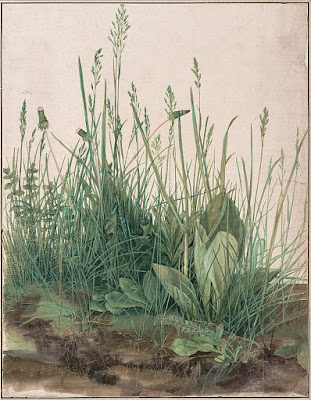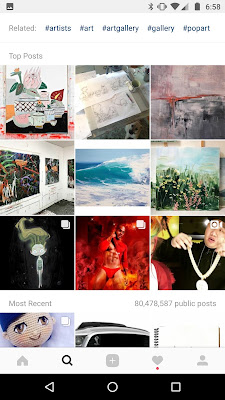The line between art and craft is a modern one, and it’s resulted in banal, boorish and ultimately meaningless work being foisted on us as art.
 |
| Carved cravat, c. 1690, Grinling Gibbons, courtesy Victoria & Albert Museum |
“Was Grinling Gibbons an artist or a craftsman?” a student asked. It’s a fascinating question, and one that points out how we’ve changed our ideas about human thought and endeavor.
The term intellectual is a recent invention, first written down in 1813, by of all people, Lord Byron (a man who was anything but). Prior to that, the literati would have been known as men of letters. They were literate in a time when many people weren’t. It wasn’t until the 20th century that the term acquired distinct social cachet and came to mean a person who was educated, artistic, and worked mainly in the realm of ideas.
Grinling Gibbons was born in Rotterdam in 1648 to British parents. He learned to carve in the Netherlands before emigrating to London. He rapidly attracted attention from the highest circles, scoring his first Royal Commission in 1675. He went on to be the most celebrated master-carver of his day. His portrait was painted by Sir Godfrey Kneller, whose subjects included ten reigning European monarchs, Isaac Newton, John Locke, and the members of the Kit-Kat Club. In other words, Gibbons was working and living with the crème de la crèmeof British society.
So why, in the 21st century, do we call Kneller an artist and Gibbons a craftsman? They would not have made such a distinction themselves.
 |
|
The Stoning of St Stephen, c. 1680-1700, Grinling Gibbons, courtesy Victoria & Albert Museum |
Historically, painters and sculptors were held in low regard. The Greeks had nine muses for the arts, and—pointedly—none of them were visual artists. Sculptors and painters were thought of as manual laborers, barely above slaves in the social order. That’s not because they weren’t any good; Greek sculpture, in particular, approached the sublime.
It’s just that, prior to the middle of the 18thcentury, fine artists were considered craftsmen, along with jewelers, weavers, and everyone else who made consumer goods. While they may have been very successful and well-paid, they had no intellectual pretensions.
The Enlightenment changed all this, by casting artists in the role of communicating the civic virtues. This raised their status from artisans to gentlemen. Their training moved from the old apprenticeship/atelier model to formal art schools.
The Enlightenment also brought us the Cult of Genius, with its handmaidens, Feeling and Creativity. The artist no longer primarily tried to render beautiful images; he was engaged in profound and creative thought.
 |
|
Limewood carving of musical instruments, c. 1690, Grinling Gibbons, courtesy National Trust Images/Andreas von Einsiedel |
Grinling Gibbons’ medium was wood, and it was used for decoration. There’s a modern assumption that there’s nothing profound about beauty, so the artist-as-craftsman is sadly out of touch with our times.
Western society has become caught in a trap where our civic virtues are now considered liabilities. This is vividly demonstrated in the stark contrast between our own dissection of shared values at the same time as Ukraine fights to the death to preserve theirs.
The focus on ‘genius’ is what has landed us in the modern dilemma of having so much banal, boorish, casual and ultimately meaningless material foisted on us as art. The intellectual mind can always be seduced by the idea of transgression, whereas a craftsman generally seeks to raise his standards to the highest degree possible. Given that this is the modern dividing line, I’d personally prefer to come down on the side of craft.


























